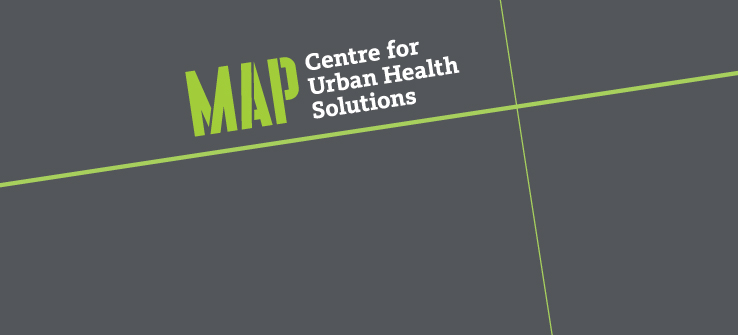THE GOAL: Improving the health and well-being of people experiencing marginalization during the pandemic by evaluating programs that support these populations, and figuring out how to make these services more effective.
THE TEAM: A group of 35 scientists, as well as community partners and people with lived experience of marginalization; the principal investigators are based at MAP Centre for Urban Health Solutions at St. Michael’s Hospital in Toronto.
THE TIMELINE: The project, which received funding from the University of Toronto COVID-19 Action Initiative, U of T’s faculty of medicine and the St. Michael’s Hospital Foundation, launched in May. It has a budget of $450,000 and is slated to run for a year. The first phase, which will evaluate six programs that support marginalized populations, is underway now.
When the pandemic hit, and COVID-19 infiltrated Toronto’s shelter system, the city set up isolation centres in hotels, where those experiencing homelessness can safety self-isolate and recover.
But how well are these sites working? Are there any unintended harms? What can be done to improve them?
These are among the questions that a team of scientists and community partners is probing as part of a collaborative and urgent effort to improve the lives of those on the margins, who have been hit hardest by the pandemic.
“What we’ve learned during the past few months is that the current context within the pandemic often makes people who are already marginalized even more marginalized,” said Dr. Michelle Firestone, a scientist at MAP Centre for Urban Health Solutions, which is leading the project.
“It exacerbates a lot of the pre-existing or systemic issues a lot of communities face.”
Dr. Ahmed Bayoumi, a scientist at MAP and Firestone’s co-principal investigator of the project, said it grew out of the need to “think broadly about how the pandemic response, in particular, was having an effect on the lives of people in the communities we work with.”
“We recognize that COVID is going to be with us for a while — certainly for the rest of this year and into next year,” he said. “We’re looking at programs that have been initiated … to try and learn from that, in terms of how can we move forward to both improve current responses but also inform future responses.”

